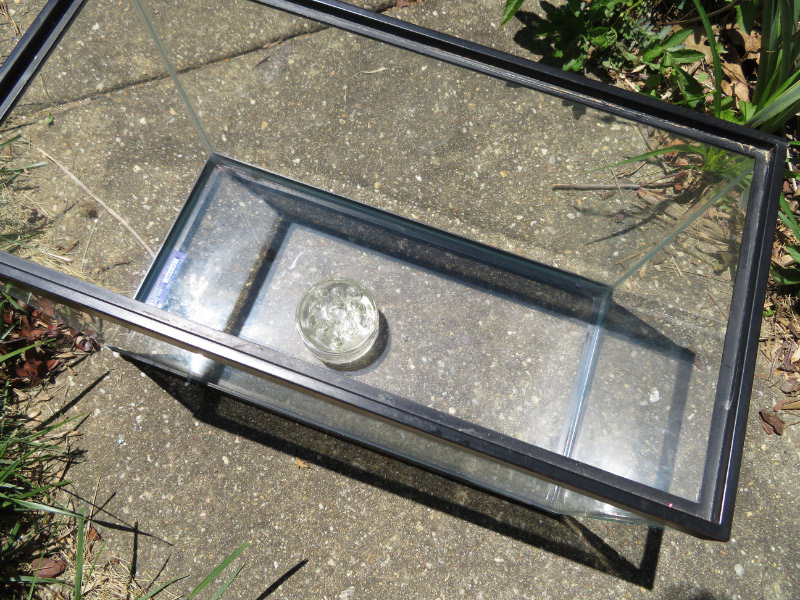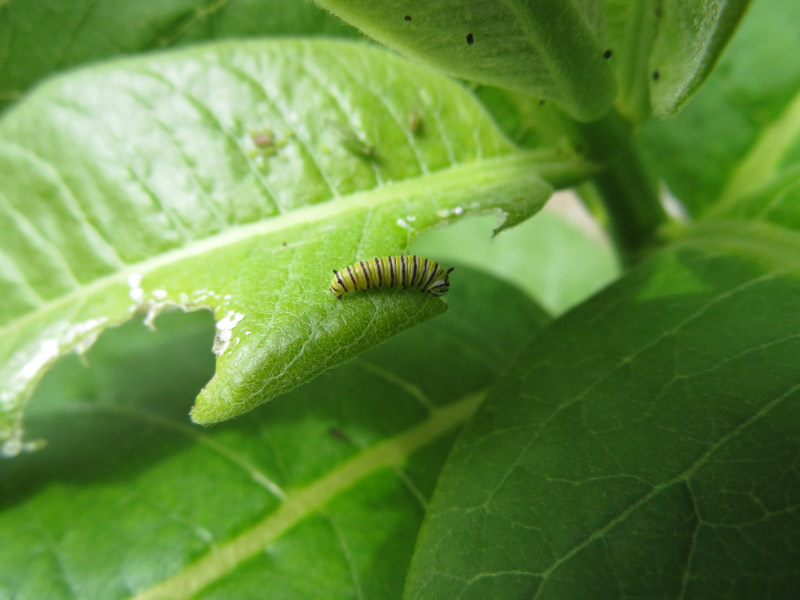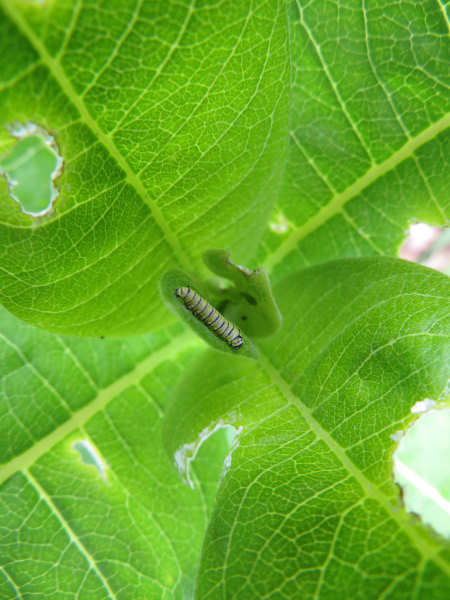Gleanings of the Week Ending May 20, 2017
/The items below were ‘the cream’ of the articles and websites I found this past week. Click on the light green text to look at the article.
Million-Dollar Prize Hints at How Machine Learning May Someday Spot Cancer – Hopefully this type of technology will reduce the number of false positives that have been so common as we’ve used advanced imaging to find cancer (too many times when biopsies have been done and it has not been cancer). Note that the winning team was from a Chinese university. No country – even the US – can rest on past innovation for their future.
How farmers put apples into suspended animation – 9 in 10 apples bought in the US are grown in the US. This article talks about how apples are stored so that we have them throughout the year rather than just in the fall.
Frosty Monarchs – This was a post from earlier in May…but it has great picture of the milkweed egg. We had some cooler temperatures here in Maryland after the milkweed came up; there was frost on the rooftops but the it must not have gotten to freezing at ground level since the milkweed was unscathed.
Antarctica’s Blood Falls Helps Unravel the Inner Workings of Glaciers – Briny water flows (i.e. in liquid form) flows under the ice of the glacier!
Golden years are longer and healthier for those in good health in middle age – When I read the headline, my first question was - what did they define as “middle age”? The answer was ages 40-59. It was a 40 year study with 18,714 participants. It makes the point that living healthy in mid-life is important to health later in life.
It’s Raining Blood and Feathers: Catching the Spring Raptor Show – There is so much going on in the spring…and it not just flowers and song birds.
Dragons on the Hunt – Komodo dragons bring down a water buffalo. (5-minute video)
Cost of Zika outbreak in the United States could be high – There is a lot of complexity….but even assuming a lower incidence rate that has been observed in other parts of the world and that only the southern tier of the US would be impacted…still results in high costs. Prevention costs money and treatment even more. The range from the models is $183 million to $1.2 billion. Another article on the broader topic of mosquito-borne illnesses: Researchers analyze what a warming planet means for mosquito-borne illnesses.
The Art of Botanical Illustration, Scientific Botany – Some of these botanists/artists I have found before…I’m going to check what Internet Archive and Hathi Trust have in their scanned collections for each of them.
Serene Photos Highlight the Tranquil Beauty of 100 Japanese Gardens – Eye candy…even better if you have a garden near you to visit.



































